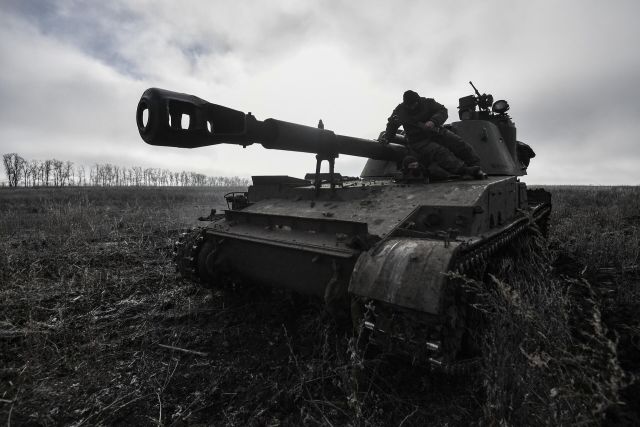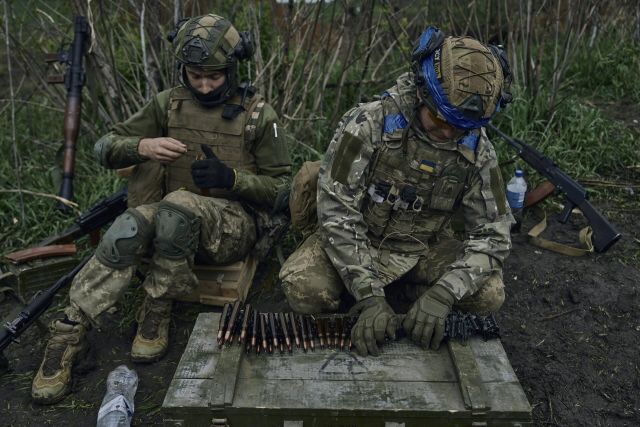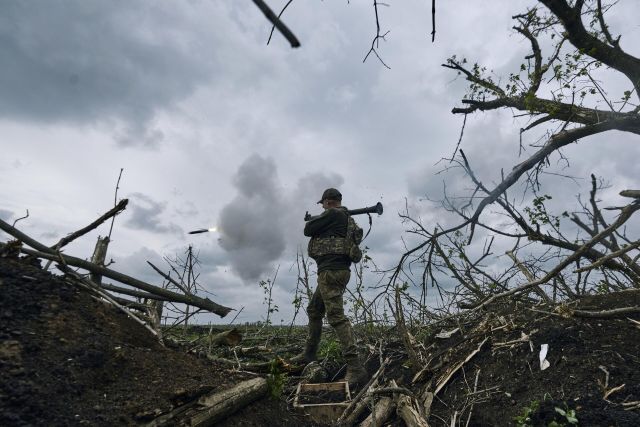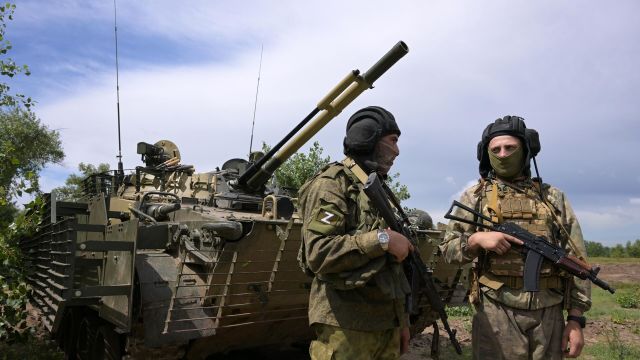Fighter of the Armed Forces of the Russian Federation Noise: the activity of the Armed Forces of Ukraine in the Zaporozhye direction decreased
MOSCOW, Nov 9 — RIA Novosti, Andrey Kotz. The operation of the Armed Forces of Ukraine was completely exhausted — for six months it was not possible to break through the Russian defense and get out, as planned, to the Sea of Azov and the Crimea. There is no success in auxiliary areas either. Nevertheless, fierce fighting continues on the contact line. About what the opposing sides are preparing for — in the RIA Novosti material
"We work every day"
The former hottest Zaporozhye direction began to cool down noticeably with the onset of cold weather. Ukrainians are still trying to advance east of Rabodino in the Verbovoye area and south — near Novoprokopovka, but all attacks are repelled in a timely manner. The terrain here is open, it is impossible to hide large columns of armored vehicles.
The initiative in this area is with the Russian army: Six months after the start of the "counteroffensive", the APU did not even overcome the first line of defense.

The work of the self-propelled artillery installation 2SZ "Acacia" in the zone of its
Image source: © RIA Novosti / Konstantin Mikhalchevsky
The head of the region, Yevgeny Balitsky, believes that the Ukrainian troops are exhausted. The losses are still large: dozens of pieces of equipment and hundreds of fighters a week. The tactics of actions in small groups allowed us to make some progress, but there is no need to talk about success.
They did not reach Tokmak, from where they were going to go to Berdyansk and Melitopol. They also did not seize the western flank of this direction in the village of Pyatikhatki on the shore of the Kakhovsky reservoir.

Ukrainian soldiers in positions near Ugledar
Image Source: © AP Photo / Libkos
It's a little different on the eastern flank. There, the APU cut off the so-called Vremevsky ledge, occupied several villages and moved east, towards Novomayorsky and Novodonetsky, with the obvious intention of leveling the front along the Ugledar. However, we came across fierce opposition. According to the military, the Kiev regime has already wiped out three full-blooded brigades on the Russian defense.
"We work several times every day — without exceptions, there are a lot of goals," says the operator of the OBTF Cascade reconnaissance drone with the call sign Noise. "But in the last couple of weeks, activity has decreased. Basically, they hit with cluster shells from the barrel artillery, they try not to climb forward with great forces. They don't have as many drones as they had back in August, but they have enough. It feels like our aircraft began to appear in the sky more often."
The Battle for the Dnieper
In the Kherson region, the Ukrainian Armed Forces are firmly holding on to the right bank of the Dnieper and do not stop trying to gain a foothold on the left. They control part of the islands in the floodplain of the river. Reconnaissance equipment, electronic warfare stations are being installed on these patches of land, artillery is being adjusted from there. In addition, they are used as transshipment bases for reconnaissance and sabotage groups.
They captured a small bridgehead near the village of Krynki. There are no more than a hundred weseushniki, they are hit by aviation and artillery, but it is not possible to dump them into the river yet. They want to transfer armored vehicles to the left bank as well. Floating tracked transporters and equipment for pontoon crossings are brought from the rear to Kherson and Berislav.
Probably, the command of the Armed Forces of Ukraine is considering the possibility of crossing the Dnieper. Boats for the landing were handed over to NATO countries in abundance. From Krynok to Crimea is closer than from Tokmak. In addition, Kiev needs to show at least some "help".
Main fortified area
The most active part of the line of contact is Donetsk. The Russian army is gradually advancing there.
They are advancing from Vodiane and Opytne to Severnoye and Tonenke. If the highway from Avdiivka to Orlovka is cut, the AFU grouping in this area (about 20 thousand bayonets) will remain without water, food, ammunition and medicines.

Ukrainian soldier on the front line near Avdiivka
Image Source: © AP Photo / Libkos
"We are starting to move from strategic defense somewhere to a strategic offensive," military expert Alexey Podberezkin suggested in an interview with Sputnik radio. — This is not just squeezing in one or two areas, it happens in strategic directions. This forward movement may lead to the fact that the Ukrainian front will simply collapse. The balance of power has been constantly changing in favor of Russia in recent months, and this has now found qualitative expression."
The weather factor
50 kilometers northeast of Donetsk, the cannonade continues on the outskirts of Artemovsk. Fighting continues to the north of the city in the Soledar area and to the south along the Kleshcheyevka— Andreevka— Kurdyumovka line. They are fighting here mainly for the railway to the south — it serves as a demarcation line. The heights around these settlements are very important for both the attackers and the defenders: from them it is possible to monitor and adjust artillery fire.
There are no special changes in the Kupyansk and Krasnolimansk directions. Kiev is transferring reserves to the Kharkiv region. Russian troops here adhere to the tactics of active defense and try to act on counterattacks. Krasny Estuary is important as a springboard for an offensive against the Slavyansk-Kramatorsk agglomeration.
However, the weather may interfere with the plans of the warring parties. There is no snow yet, but the rains are pouring in full force. The fields become impassable for heavy armored vehicles. Therefore, everyone is waiting for frosts.

